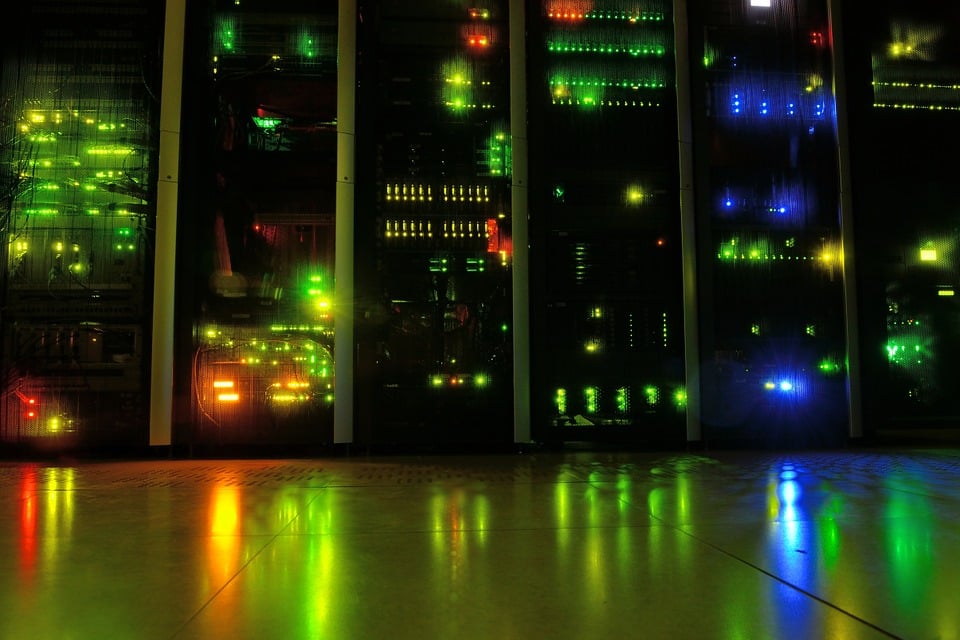Every day there are hundreds of data security breaches exposing millions of records of personal and corporate data to cybercriminals. No organization is immune from these attacks. Government agencies( the IRS and NSA) Healthcare giants (Blue Cross/Blue Shield and Anthem) and large corporations (Target and Home Depot) have all been successfully hacked in the past few years.
Last spring it was reported that the Office of Personnel Management (responsible for managing human resources for the federal government) suffered two separate security breaches that compromised the personal information of over 20 million people. These combined incidents are considered to be one of the biggest cyberattacks in history.
So what is being done to protect us from cyber criminals? IT professionals tend to focus on security features like cryptographic keys and digital certificates. But physical security features are equally important. The first line of defense in protecting software and data is concrete, steel and bulletproof glass.
Most commonly used physical security for data centers
Security features that protect the data center against physical intrusion and disaster can be divided into three categories:
External crime protection:
- Chosen locations that are not easily seen from the street
- Limited access to the building including gates and fences
- Single point of entry
- External video surveillance
- Intrusion detection and alarm systems
Internal crime protection:
- Biometric access controls
- Turnstyles
- Armed guards
- Concrete bollards and steel-lined walls,
- Bulletproof glass
- Mantraps
Natural or man-made disaster protection:
- Redundant utilities (such as electric)
- Air filtration systems
- Temperature controls
- Back up batteries to support HVAC and other essential systems
- Earthquake-proof cabinets and server cages
- Fire suppression
Single Privileged Users Will Always Pose a Risk
Physical security can keep strangers out, but what about employees, vendors and other visitors with permission to access the data center? While all of them are typically put through background checks, nothing is failsafe. People making questionable decisions will always pose a risk. Single privileged user accounts can be hacked by internal personnel with intent to do harm, and that can bring down an entire data center.
Next Steps:
- Sign up for our newsletter to stay up-to-date with the latest industry news
- Follow us on Twitter, Facebook or LinkedIn
- Download our Ultimate Guide to Bulletproof Glass and Bullet Resistant Barriers infographic


